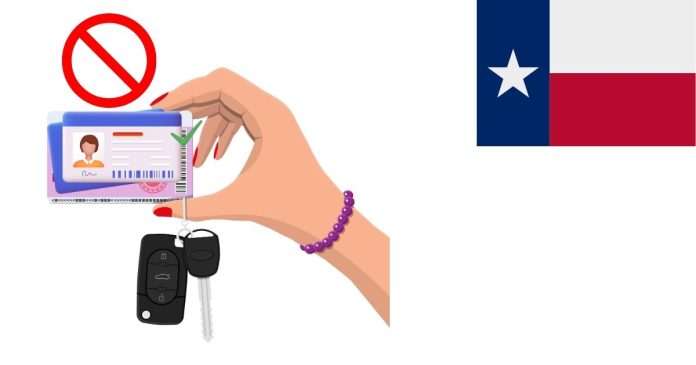In Texas, a “G” restriction on a driver’s license indicates that the driver is subject to specific conditions as part of the Graduated Driver License (GDL) Program. This program is designed to help new drivers gain experience in a controlled and safe manner.
What is the GDL Program?
The Graduated Driver License Program is for drivers under the age of 18. It introduces driving privileges in stages to ensure young drivers develop safe driving habits.
What the “G” Restriction Means
A “G” restriction applies to drivers who hold a provisional license, for individuals under 18. It limits their driving in the following ways:
1. Passenger Restrictions:
For the first 12 months after obtaining their license, the driver cannot have more than one passenger under the age of 21 in the vehicle who is not a family member.
2. Curfew Restrictions:
Driving is not allowed between midnight and 5:00 a.m., except:
When driving to or from work.
When traveling to or from a school-related activity.
For medical emergencies.
3. Hands-Free Device Rule:
The driver is prohibited from using a cellphone or any wireless communication device while driving, including hands-free devices.
Purpose of the “G” Restriction
The restrictions are intended to:
Reduce distractions (e.g., from young passengers).
Limit nighttime driving when accidents are more likely.
Encourage safe driving practices during the first year of licensure.
When Does the G Restriction End?
The “G” restriction is automatically removed when the driver turns 18 years old, as long as their license is renewed or updated to a full, unrestricted driver’s license.
Summary
The “G” restriction signifies that the driver is part of the Graduated Driver License Program and is subject to passenger, curfew, and cellphone use limitations. It is a safety measure designed to help young drivers transition to full driving privileges responsibly.


